WEB IProcess Pyme LITE!
Ideal for small companies that need productive modules, 10 corporate emails, 5 sections, 20 product catalog, 5 SEO campaigns, e-commerce.

 Español
Español
 English
English
The Parker space probe was launched in 2018 to try to unravel the mysteries of one of the least explored places in the Solar System: its central star.
And one year after this event, the NASA mission published its first observations on Wednesday from the edge of the Sun`s atmosphere, a place that no other mission had reached before.
The revelations, spread over four articles published by the British journal Nature, offer clues to mysteries that have haunted the scientific community for decades.
One of them is why is the Sun`s atmosphere so much hotter than its surface?
The solar surface has a temperature of approximately 5,500 degrees Celcius. Extremely hot indeed, but that can seem cool when compared to the crown, where it can reach millions of degrees.
"It is as if the temperature of the Earth`s surface is the same as we have but that of its atmosphere is many thousands of degrees. How can that work?" Asks Professor Tim Horbury, a co-investigator at Parker.
A constant "blast"
Parker`s observations revealed that solar wind particles appear to be released as explosive jets rather than radiating. Horbury describes the process as a constant "explosion".
"Just having analyzed data from two orbits, we are really surprised by how different the corona is when viewed closely from how we see it from Earth," explains Justin Kasper, professor of space science and engineering at the University of Michigan ( USA) and principal investigator of the probe`s SWEAP instrument, which is dedicated to measuring the solar wind.
It was previously believed that the vibration of the Sun`s magnetic fields played a key role in heating the corona.
And the document reveals that in effect the vibrations get stronger the closer to the Sun is.
However, aside from vibrations, the NASA team noted the role of additional powerful waves that Kasper likens to "rogue waves in the ocean."
These "waves" would cause the speed of the solar wind to increase about 500,000 kilometers per hour and the duration of each of them would vary from seconds to minutes, then "just as fast", in a matter of seconds, the solar wind would return to the normal.
"We are really excited about this because we think it probably opens a way for us to understand how energy moves from the Sun to the atmosphere and heats it up," says the professor.
In an 11-day observation period, the SWEAP team also saw different spikes in particle velocity related to these magnetic field changes.
Previous missions had observed a radial movement of the magnetic field, but Parker`s group of scientists was able to observe how the rotational movement of the particles that surround the Sun reached up to 35 and 50 kilometers per second.
A speed 10 times higher than what was estimated in the past.
The origin of the solar wind
The origin of the solar wind is another of the discoveries of the Parker solar probe.
There are fast winds, whose origin is known to be in sunspots or coronal holes (regions where the solar corona is dark).
And there are slower winds that blow at less than 500 kilometers per second and whose origin remains unknown.
Some theories suggest that slow winds may originate from the tips of helmet streamers (magnetic loops, so named for their similarity to a knight`s pointed helmet).
But now the NASA mission suggests that there is a mechanism associated with the energization of the solar wind and that microstabilities play an important role in warming, so they estimate that low latitude coronal holes are a key source in the origin of the solar wind. slow solar wind.
The new observations were made when Parker was about 15,000 miles above the surface, but in the future it is expected to get close to 6,000 miles, the closest a spacecraft has ever gotten.
Due to its proximity to the star in the Solar System, the Parker cannot send photos to Earth because its camera would melt if it pointed it towards the Sun.
Publication Date: 2019-12-06
Source: BBC News
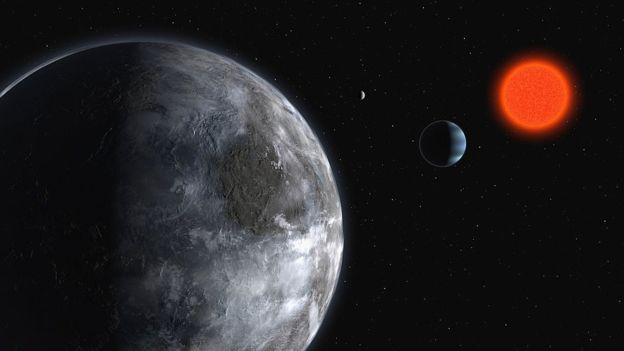

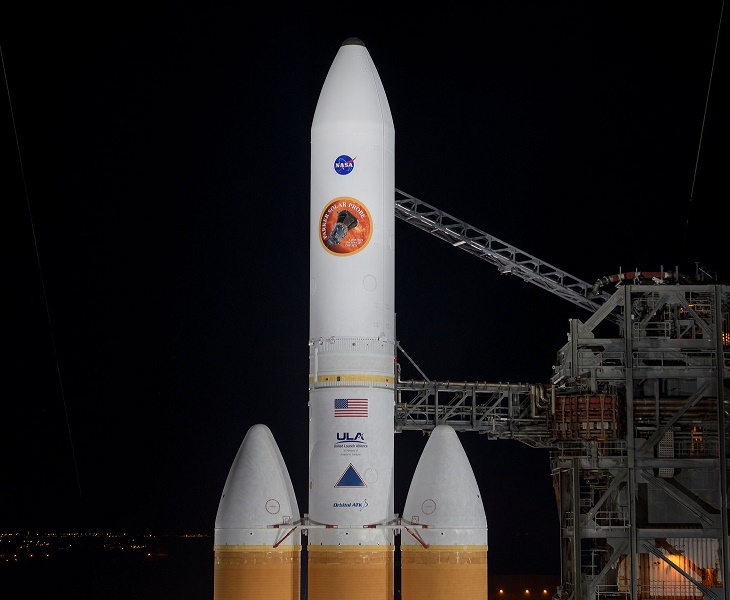
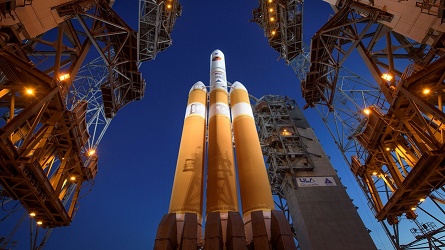

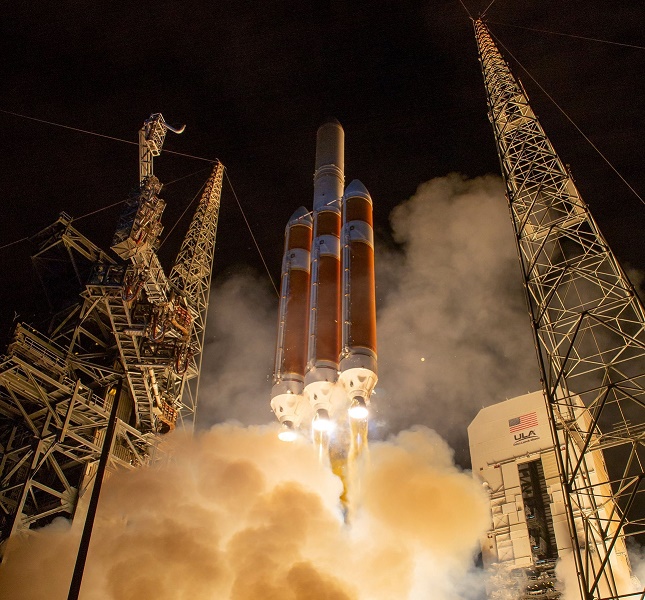

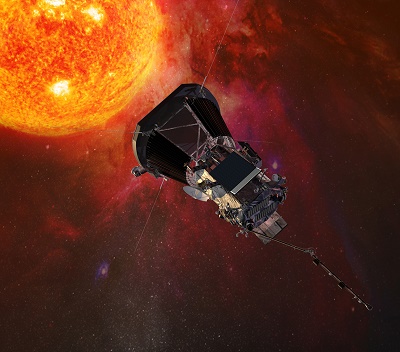

Ideal for small companies that need productive modules, 10 corporate emails, 5 sections, 20 product catalog, 5 SEO campaigns, e-commerce.

Ideal to start your presence on the internet, catalog of 5 products, updating documents, hosting, corporate emails and more!

Ideal for small companies that need productive modules, 10 corporate emails, 5 sections, 20 product catalog, 5 SEO campaigns, e-commerce.

Ideal to start your presence on the internet, catalog of 5 products, updating documents, hosting, corporate emails and more!







